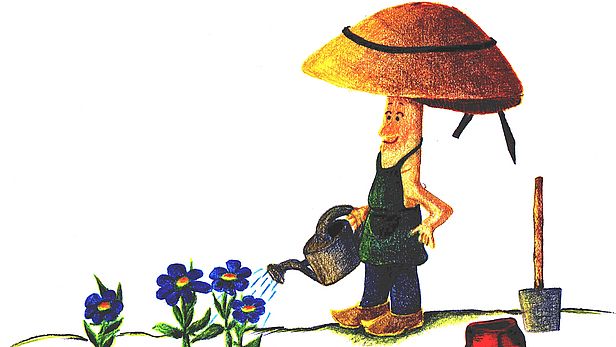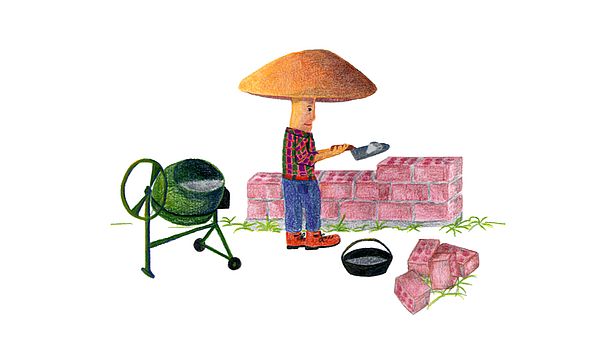
Soil stability ¶
In many places, vegetation helps considerably in providing protection against natural hazards by stabilising the soil. We are investigating the influence of host plants and their mycorrhizal fungi on soil stability.
Forests provide protection against natural hazards. They can prevent avalanche formation, slow down rockfalls and stabilise steep slopes. Yet not only trees provide protection against erosion and landslides: other plants in meadows and pastureland do so, too, by stabilising the soil with their roots, while the visible parts of plants cover the soil. Branches and leaves brake the impact energy of precipitation and shield the surface against wind, reducing the soil's vulnerability to erosion. Plant roots brace the soil material and draw out water, further reducing the danger of waterlogging and soil slips. But for plants to fulfil this role, they need to grow, and under adverse soil and terrain conditions on desert-like soils or unstable slopes this is a big ask.
Fine network prevents landslides
Almost all plants form a close partnership with fungi, whereby the fungi coexist in a symbiotic relationship with the plants' roots (mycorrhiza). While the plant provides the fungus with sugar through photosynthesis, the fungus helps the plant – like a gardener – to absorb water and nutrients. It colonises the fine roots of its host plant and penetrates the soil with countless fine filaments (hyphae). The diameter of these hyphae (2-5 μm) is many times smaller than that of the roots. This means that the fungi have access to much higher reserves of water and nutrients, while the absorption area of the plant root becomes up to 50 times greater. As a result, plants and above all their roots grow better and faster, and therefore increase the stability of the soil.
It was recently discovered that the fungi within the partnership play an important role in soil development and stability not only indirectly by improving plant growth, but also directly by building stable soil aggregates. With their vast hyphal networks, they entangle tiny soil particles, forming micro- and macroaggregates which they cement further – like a bricklayer – with "cementing substances" (polysaccharides). In addition to mechanical stability, these "bricks" also provide water and nutrient storage, because only when there are stable soil aggregates and pores can water and nutrients in the soil be retained.
Mycorrhizal fungi also affect the diversity and development of plant communities, which makes an additional contribution to the protective effect of the vegetation. An intact "mycorrhizal foundation" is therefore essential for successful long-term stabilisation of slopes which are prone to erosion and landslides, as well as for combatting wind erosion and desertification. Severe weather, such as heavy rainfall, and wind erosion drastically reduce natural reserves of mycorrhiza. As a result, suitable symbiotic fungi have to be added together with the plants as part of renaturation measures. As with the plants, it is important to ensure when selecting the fungi that species are used which are appropriate to the location.

